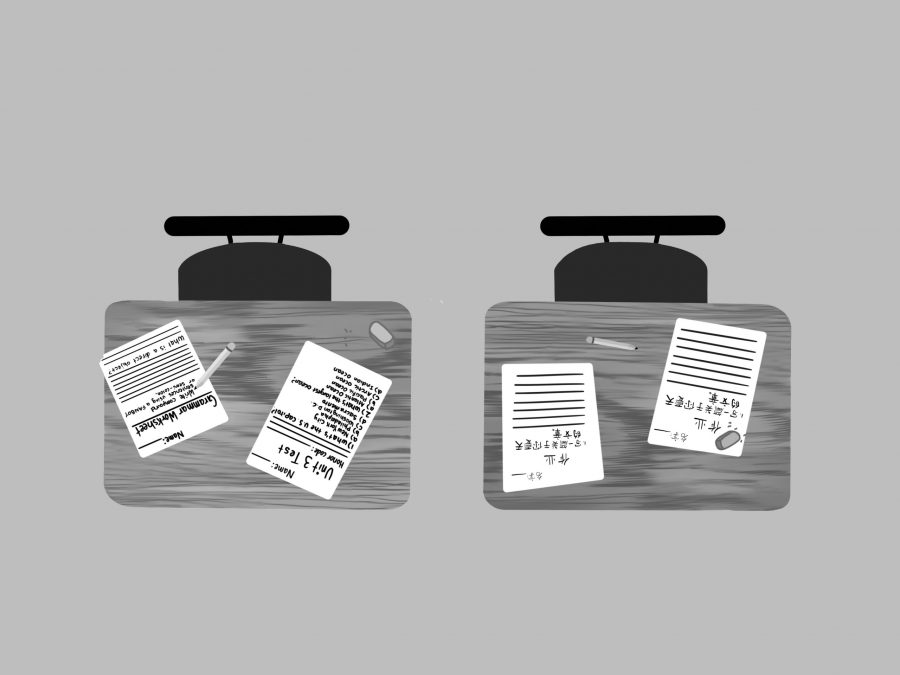When my multinational family meets during the holidays, many of us hailing from high schools and countries around the world, we discuss and compare the education systems.
Though Harvard-Westlake ranks highly among other private schools in the United States, my cousins, who go to school in France, India, England, Canada and Ireland, seem to be so far ahead of me in education, and the same applies for others in our country. As I list the courses I currently take, they respond by remembering their experience of those courses when they were in ninth grade. However, it is not only me. Some of our other family friends who go to Ivy Leagues, including one who is a teen Jeopardy champion, hear the same.
I am proud of the rigorous and high standards that the school is academically known for. Our school is ranked as the number two private high school in California and number six private high school in the country, according to Niche.com. However, what is disappointing is that California, despite being such a progressive and wealthy state, was ranked only 37th in the country for Pre-K to 12 education in 2018, according to the U.S. News and World Report.
These extremely low rankings surprised me and raised the question of where the U.S. is ranked in the world for education. Surely a developed country like the U.S. that fosters the lofty American dream must also uphold ambitions to achieve the highest levels of education. I was taken aback to learn that the U.S. spends the second-highest amount per student on public education out of 36 countries (Norway being the first). These statistics were calculated by the Organization for Economic Cooperation and Development (OECD) and reported by the National Center for Education Statistics. The U.S. spent $12,800 per student in 2017, which is a whopping 35 percent higher per full-time-equivalent student at the elementary and secondary school level than the average OECD member country. Despite these statistics, the U.S. ranked 38th place out of 71 countries in math scores and 24th in science scores, according to Business Insider in 2018.
While the U.S. is heavily funding educational institutions, the country is receiving disproportionately poor results from students’ academic success.
Studies on longitudinal learning have shown a higher retention of information among students. Translating it to the school educational model would mean introducing science in early elementary school and building it in layers in elementary and middle school education. This approach allows the fundamentals to sink in more deeply and allows the student to apply them in daily life.
All these concerns are relevant as we now compete in global markets and struggle to get jobs even after receiving an education from prestigious schools and colleges. In order to rectify this situation and achieve a better status in the world, we must prioritize the discussion of education in Congress. We need to open the floor of discussion at every educational institution and have our thoughts represented at the political level to bring about necessary change.




































